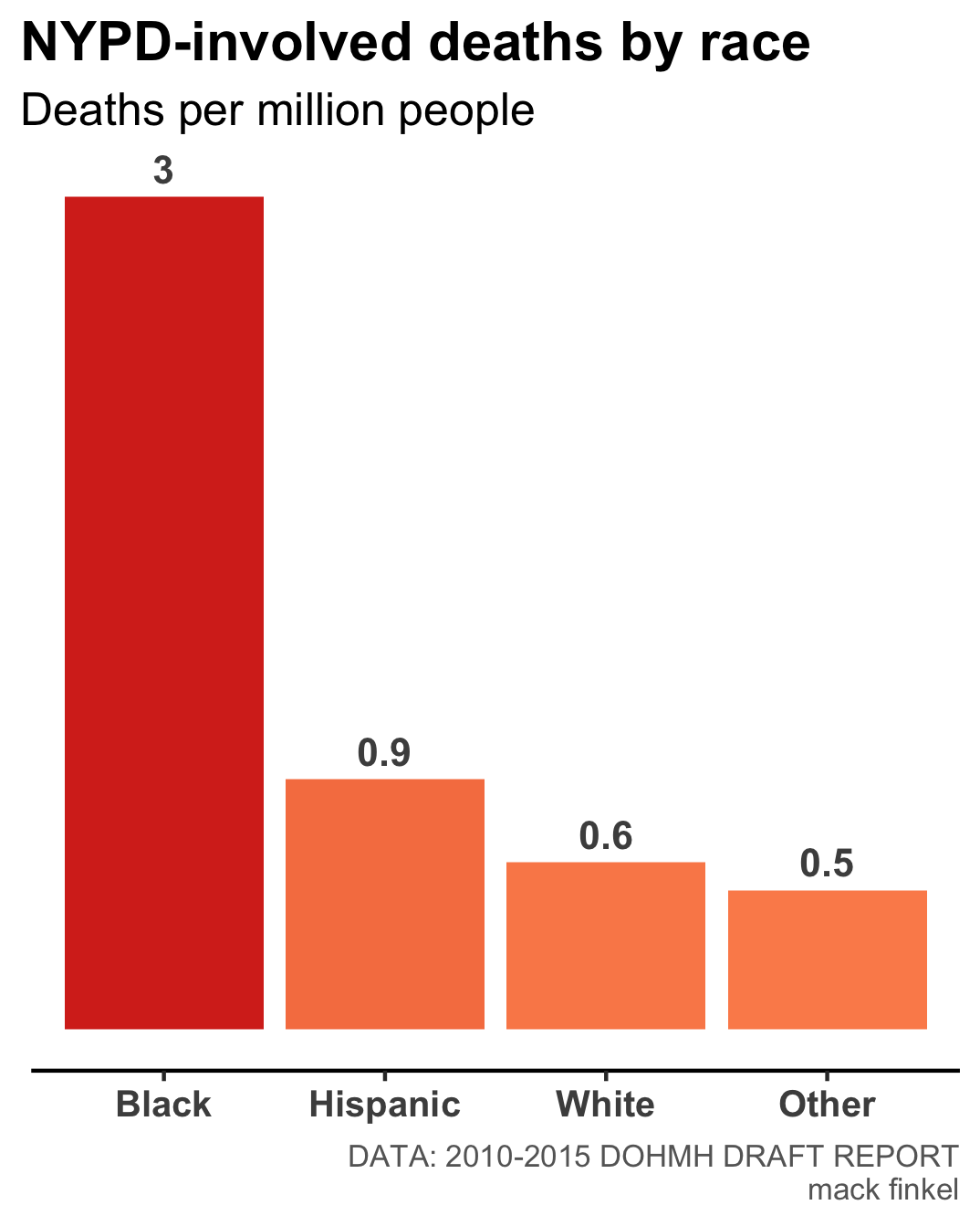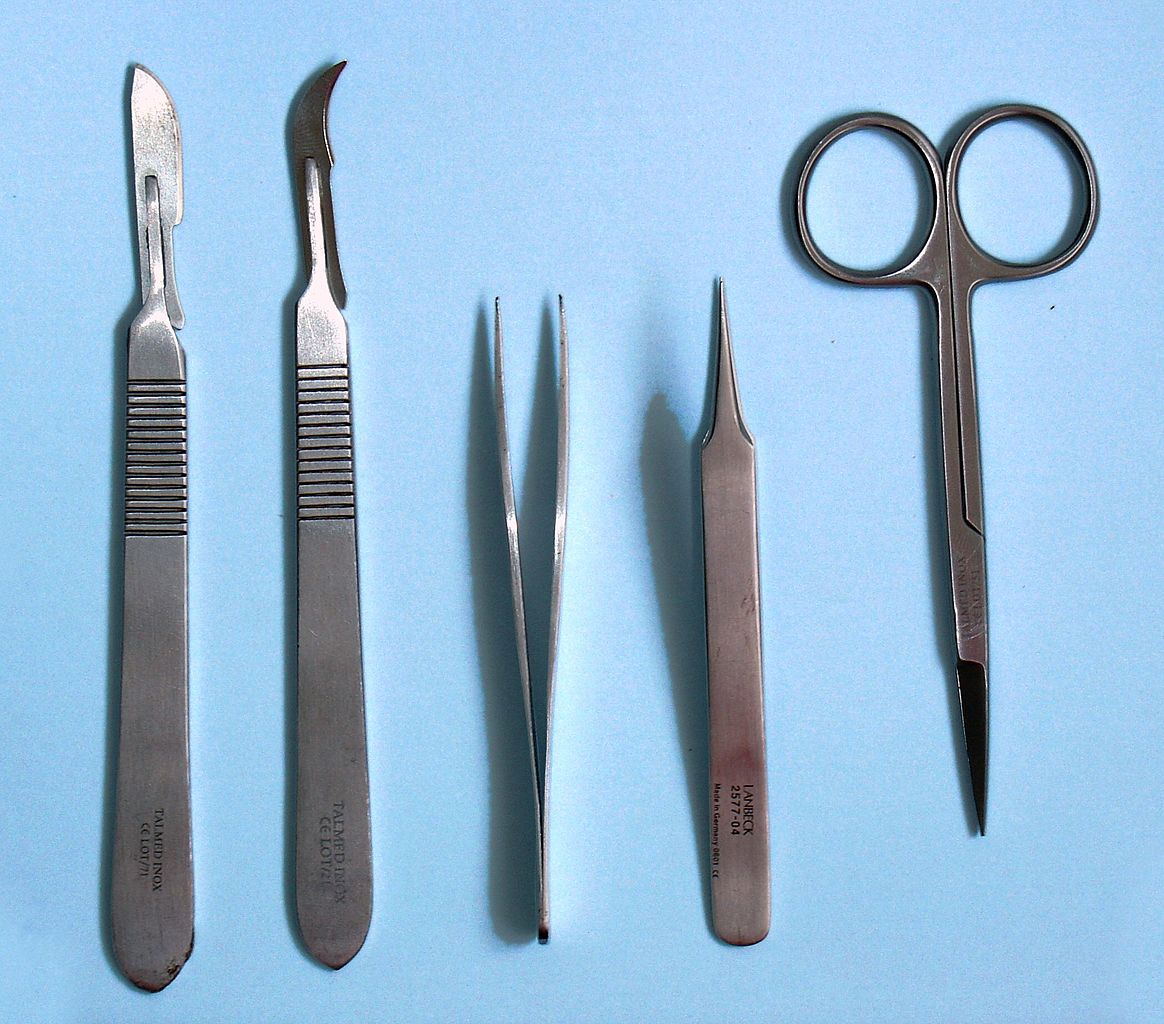blog and selected work
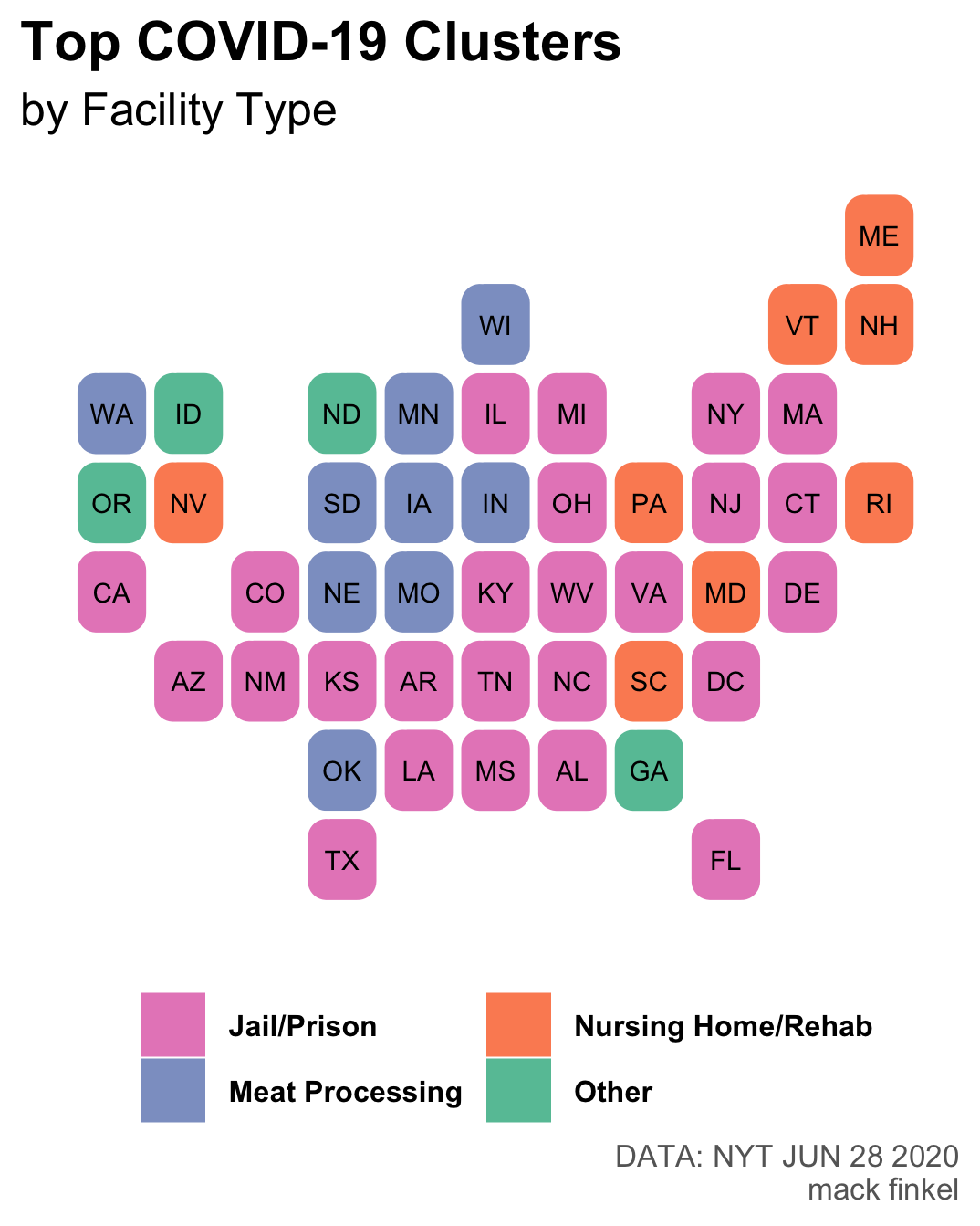
COVID-19 Clusters by State
The US failed to protect the most vulnerable – the incarcerated, elderly, and workers in already-unsanitary conditions.
posted 29 june 2020 in incarceration, agriculture, workers, and covid19
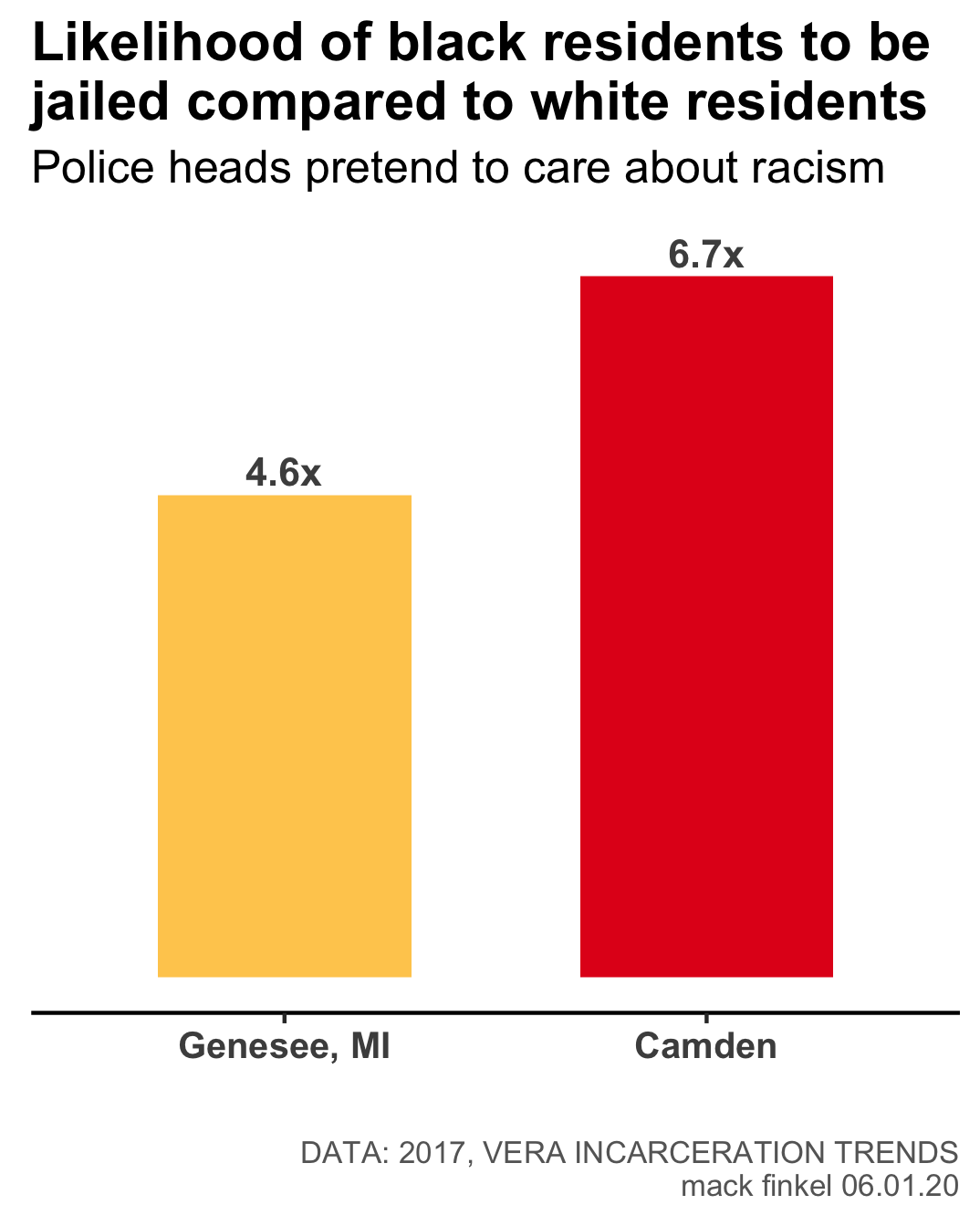
Marching With Police Won't Help
Protesting with police misses the point of fighting police violence.
posted 08 june 2020 in police
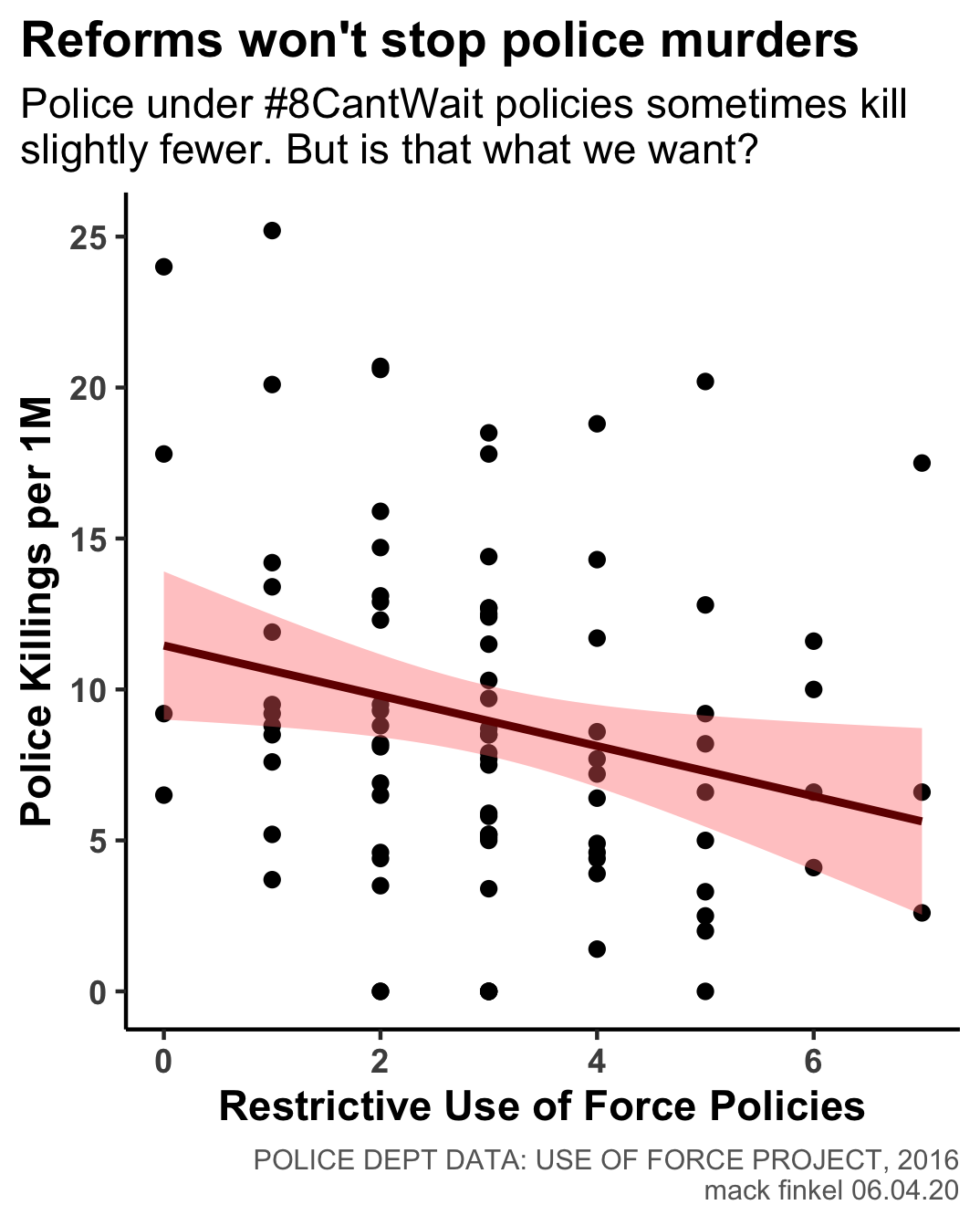
Abolition Can't Wait: Data Issues in the #8CantWait Campaign
Reforms with shaky evidence are no priority in the fight against police violence. Defunding and abolition are.
posted 07 june 2020 in police

Jose L. Velesaca v. Chad Wolf et al
I analyzed data for this class-action lawsuit, which alleges that ICE's New York office uses a biased algorithm that detains people unconstitutionally.
by New York Civil Liberties Union and Bronx Defenders at New York Civil Liberties Union. posted 28 february 2020 in incarceration

Trapped Inside: The Past, Present, and Future of Solitary Confinement in New York
I fact-checked the analysis on this report, which shows that the HALT Act would reduce solitary confinement in New York more than the regulations proposed by the DOCCS.
by Michelle Shames and Philip Desgranges at New York Civil Liberties Union. posted 28 october 2019 in incarceration
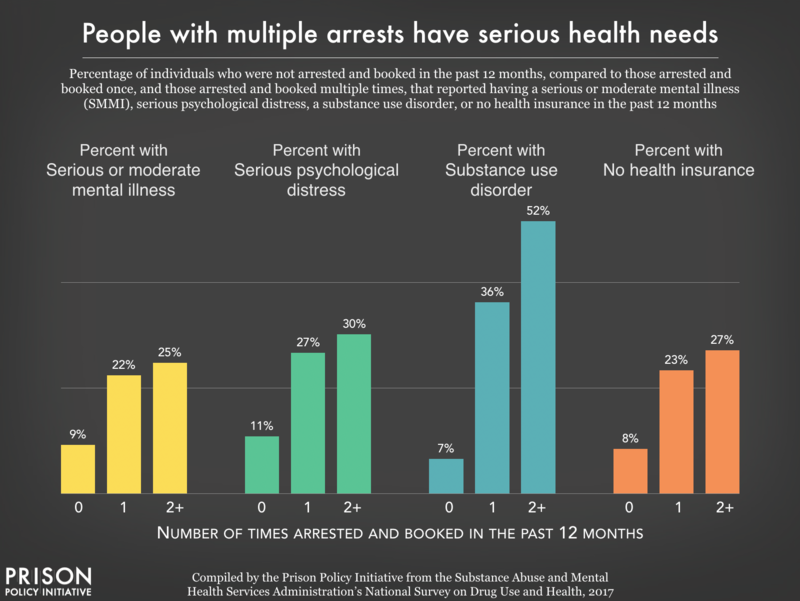
Arrest, Release, Repeat: How police and jails are misused to respond to social problems
I recommended using the National Survey on Drug Use and Health to study health and socioeconomic characteristics among recently and frequently incarcerated individuals, formed research questions, and conducted preliminary analyses.
by Alexi Jones and Wendy Sawyer at Prison Policy Initiative. posted 26 august 2019 in incarceration and inequality
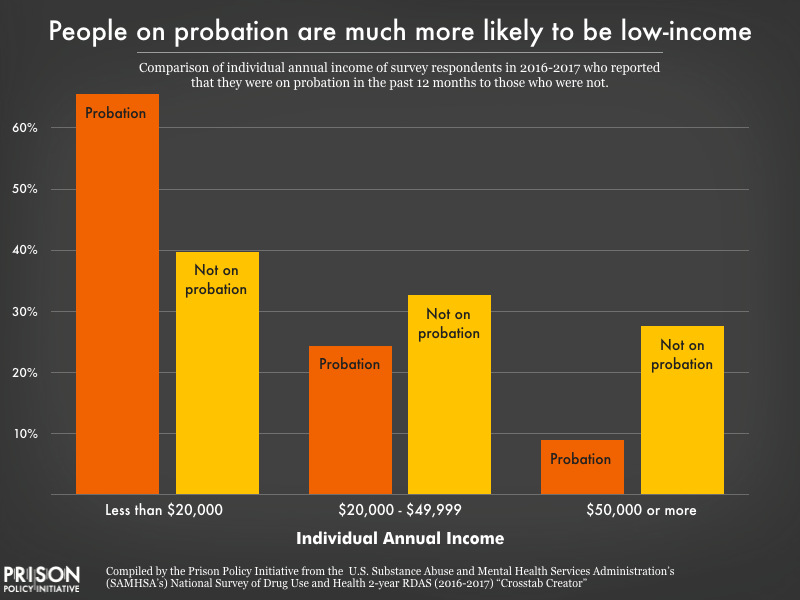
New data: Low incomes – but high fees – for people on probation
People on probation are much more likely to be low-income than those who aren't, and steep monthly probation fees put them at risk of being jailed when they can't pay.
by Mack Finkel at Prison Policy Initiative. posted 09 april 2019 in incarceration and inequality
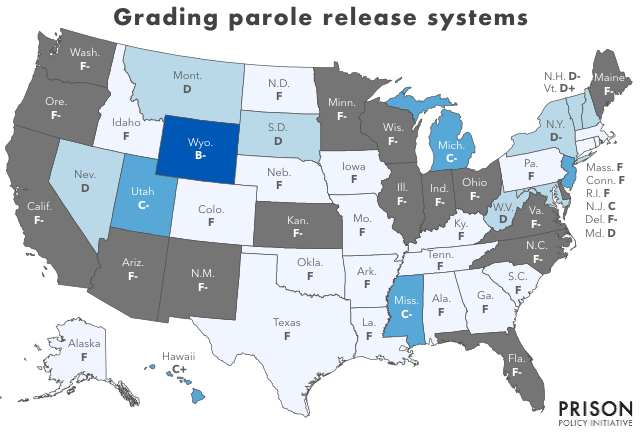
Failure should not be an option: Grading the parole release systems of all 50 states
For this report I analyzed National Corrections Reporting Program data to show how many people in each state are currently eligible for parole hearings.
by Jorge Renaud at Prison Policy Initiative. posted 26 february 2019 in incarceration and inequality
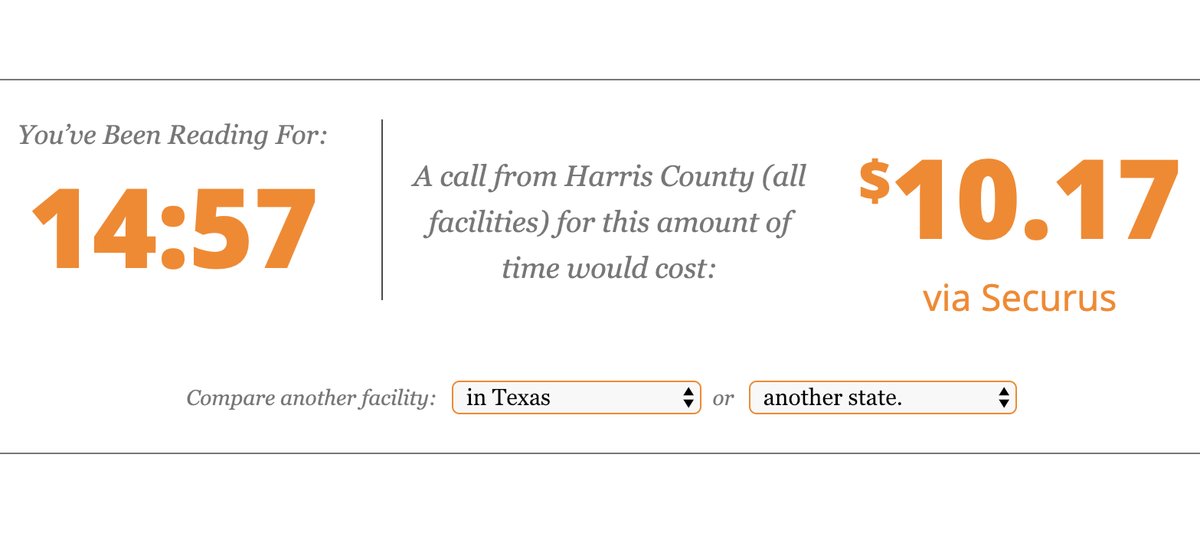
State of Phone Justice: Local jails, state prisons and private phone providers
For this report I assisted with research and design. I created web scrapers to collect data from phone company websites, scripted the interactive clock that tracks call costs, and illustrated the corporate consolidation graphic.
by Peter Wagner and Alexi Jones at Prison Policy Initiative. posted 11 february 2019 in incarceration and inequality
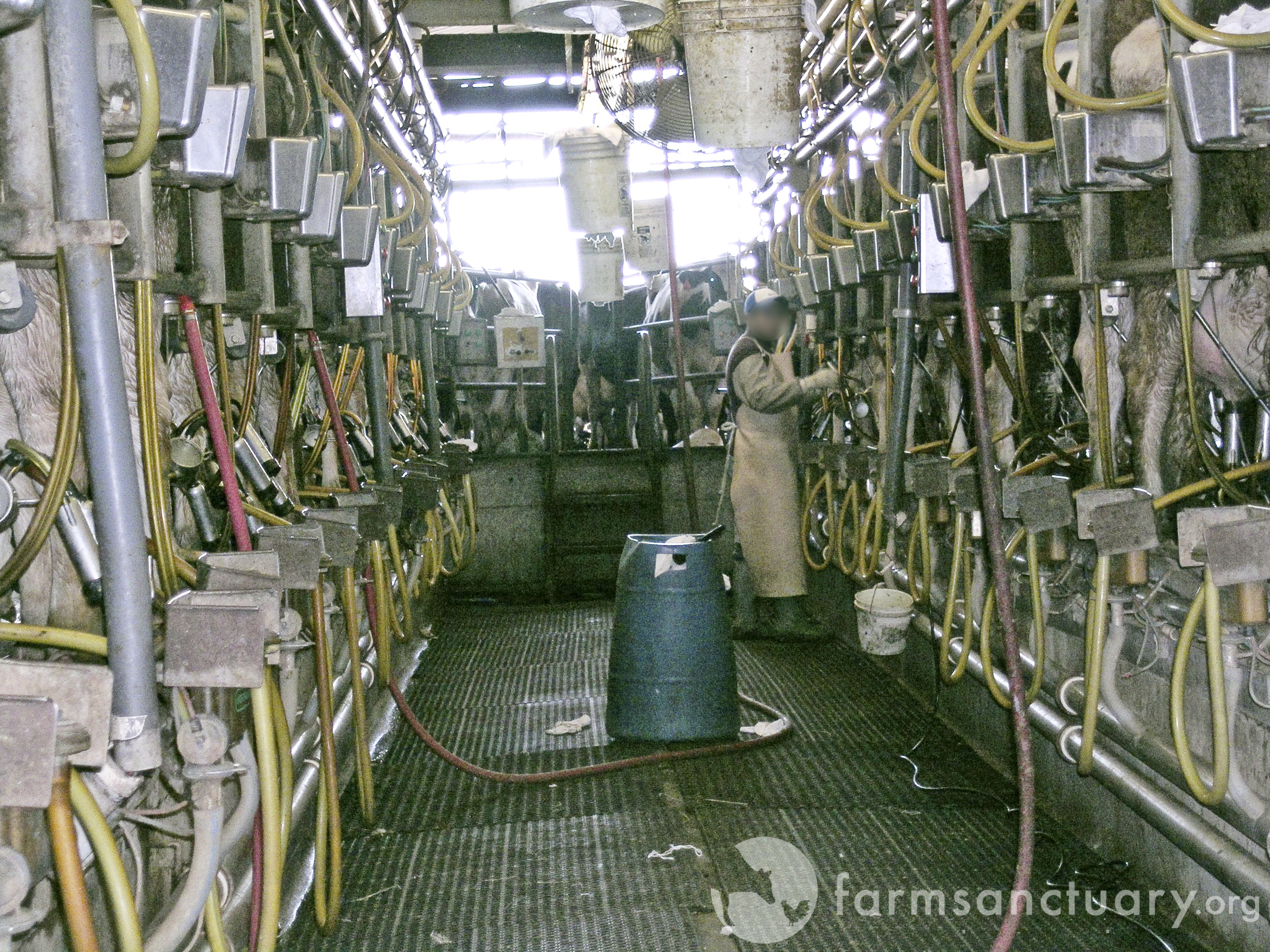
Industrial Animal Agriculture Abuses Workers – a Reading List
Tackling injustice in industrial animal agriculture culture means advocating for workers. And vice versa.
posted 28 october 2018 in inequality, agriculture, workers, animals, and reading

Importing Police-Public Contact Surveys Into R
posted 12 october 2018 in incarceration, statistics, and R

Importing Annual Probation and Parole Surveys into R
posted 28 september 2018 in incarceration, statistics, and R

Waste Lagoons Breached by Hurricane Florence
Many animal agriculture facilities are underwater.
posted 21 september 2018 in agriculture, statistics, and animals
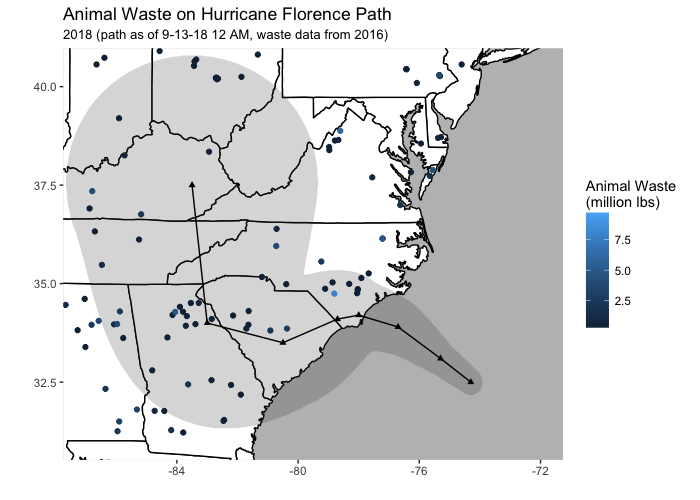
Animal Manure Pits on the Hurricane Path
Animal facilities in the path of Florence pose threats to public health.
posted 13 september 2018 in agriculture, statistics, and animals
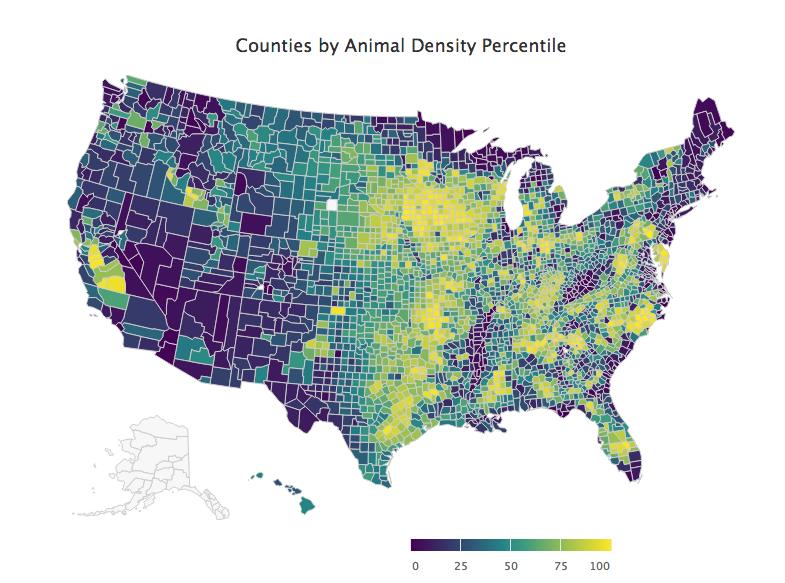
Mapping Animals in US Agriculture
This interactive map lets you investigate where animals are in the United States.
posted 04 september 2018 in agriculture, statistics, and animals
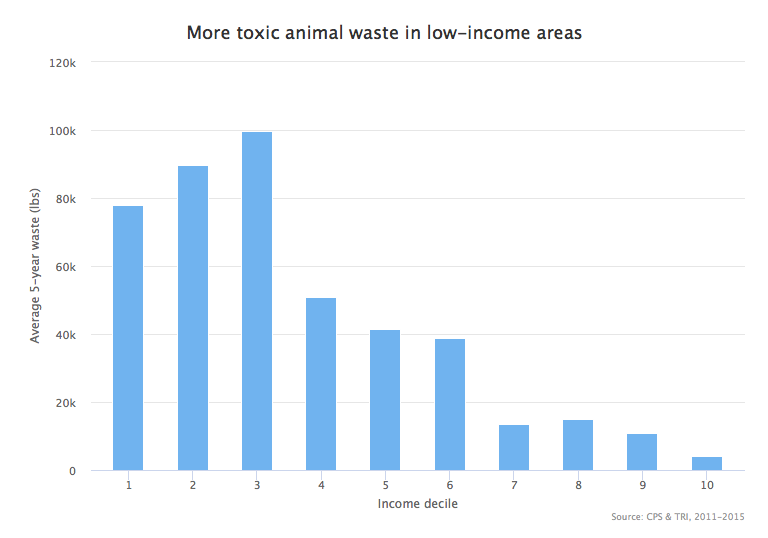
Animal Agriculture Waste and Income Inequality
Industrial animal agriculture is untenable.
posted 04 june 2018 in agriculture, statistics, animals, and inequality
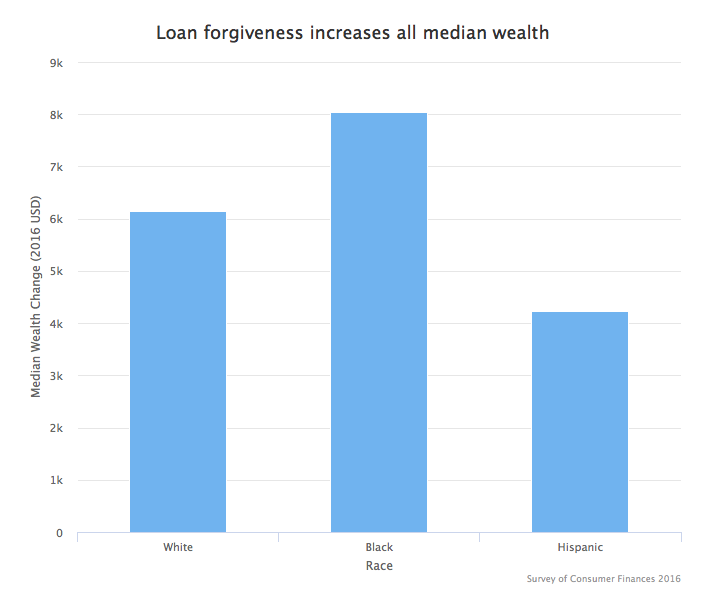
Student Loan Forgiveness and Racial Wealth
Debt erasure is a simple, viable way to increase minority wealth.
posted 10 march 2018 in education, statistics, inequality, and race
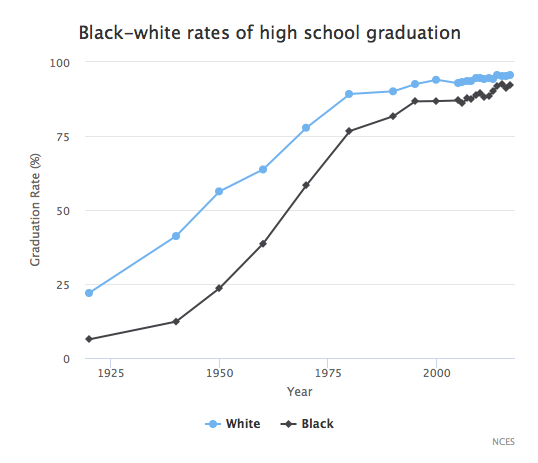
Racial Wealth Gap Persists Despite Educational Progress
Improved educational attainment does not necessarily mean improved racial equality.
posted 09 march 2018 in education, statistics, inequality, and race
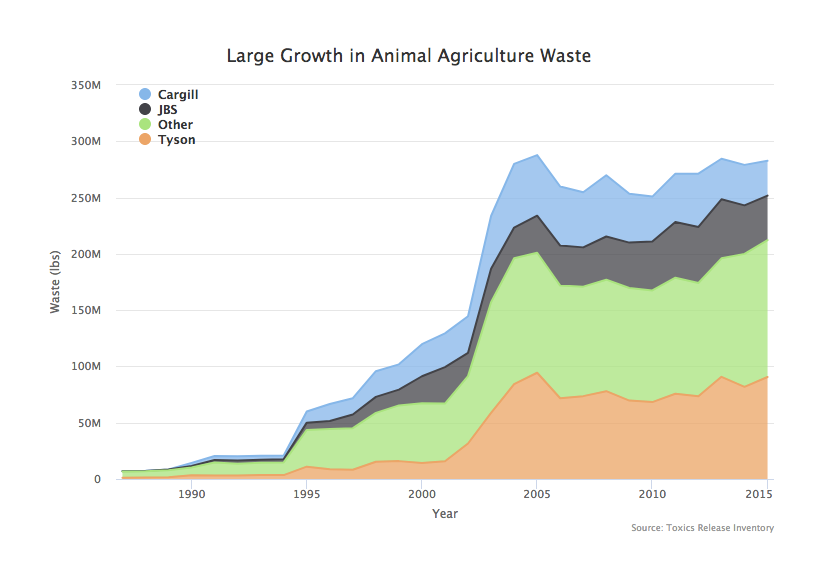
Big Increases in Animal Agriculture Waste
Visualizing industrialization by measuring poop.
posted 02 february 2018 in agriculture, statistics, and inequality
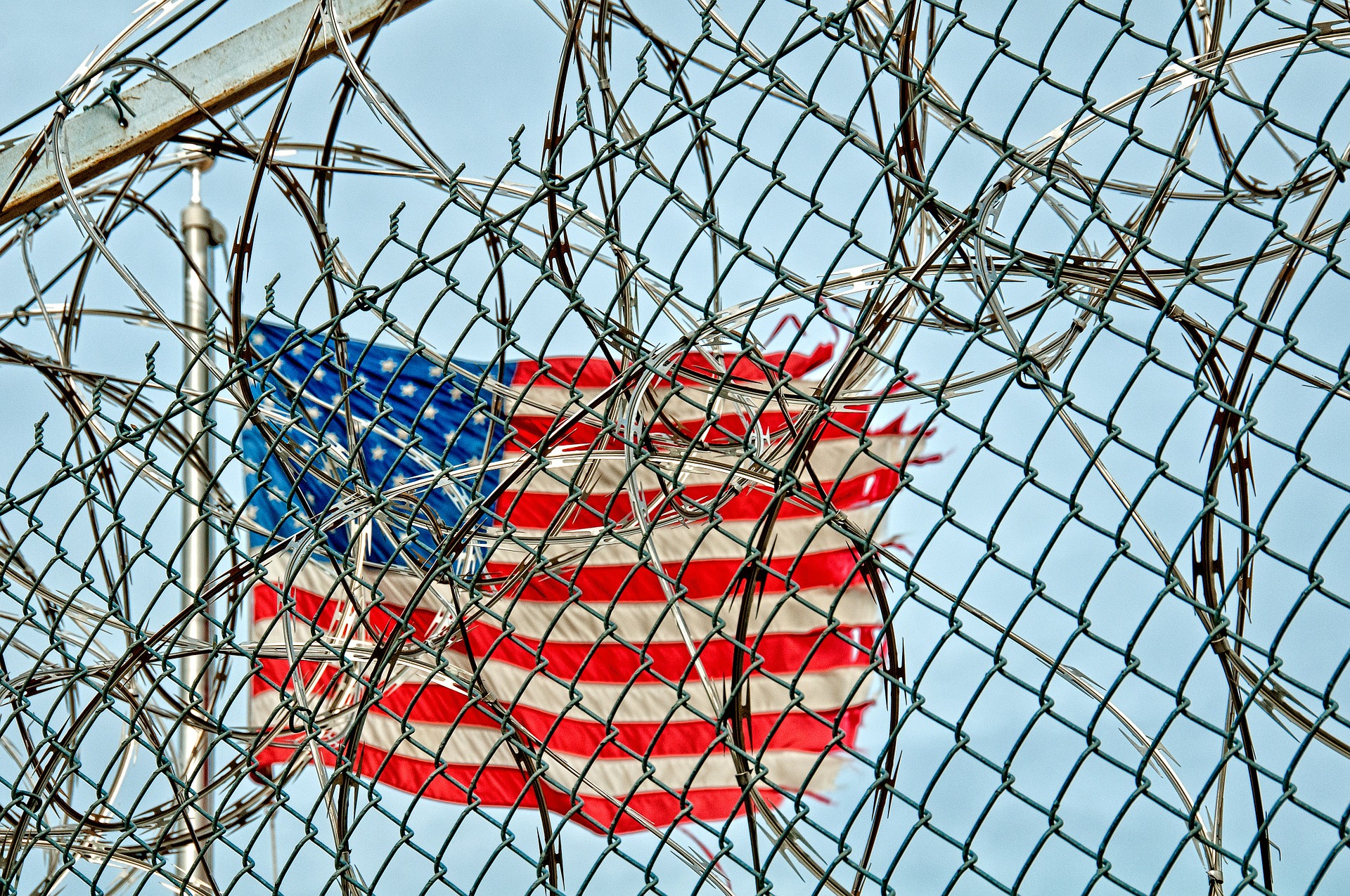
Profile of Health of Incarcerated Women in the United States
Mental health issues are prevalent among incarcerated women, and jails fall behind prisons in treatment of every health condition.
posted 02 january 2018 in incarceration, statistics, and inequality
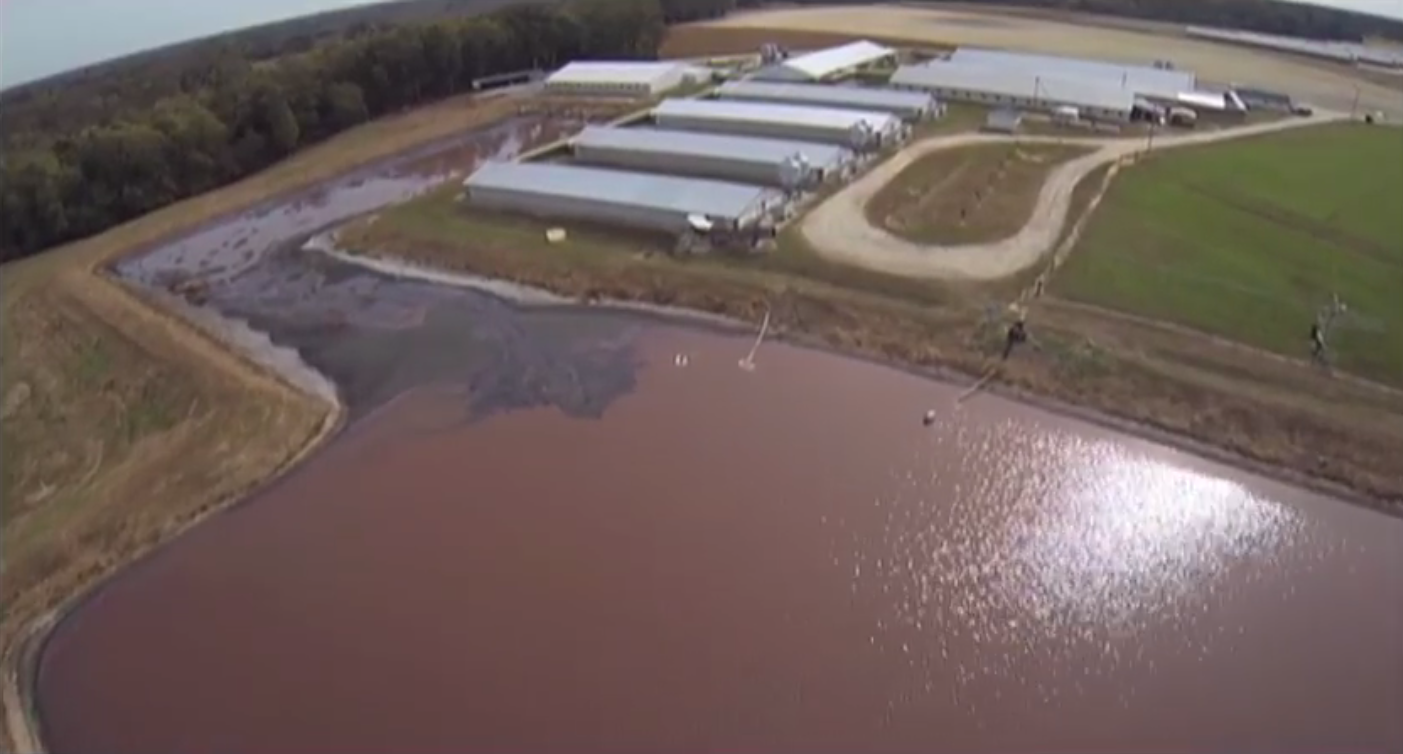
Animal Agriculture Exacerbates Human Inequality
Waste from industrial animal agriculture is concentrated in the poorest areas of America, affecting the health of marginalized people.
posted 19 december 2017 in agriculture, statistics, animals, and inequality

Big Dairy is Taking Over
Small dairy farms are disappearing, and more cows are on the biggest dairy facilities than ever before.
posted 14 december 2017 in agriculture, statistics, and animals
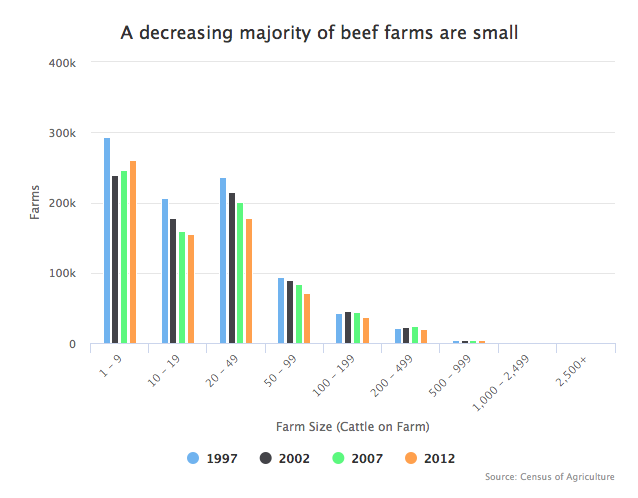
Trends in beef industry
Examining beef farm data by cattle count.
posted 11 december 2017 in agriculture, statistics, and animals
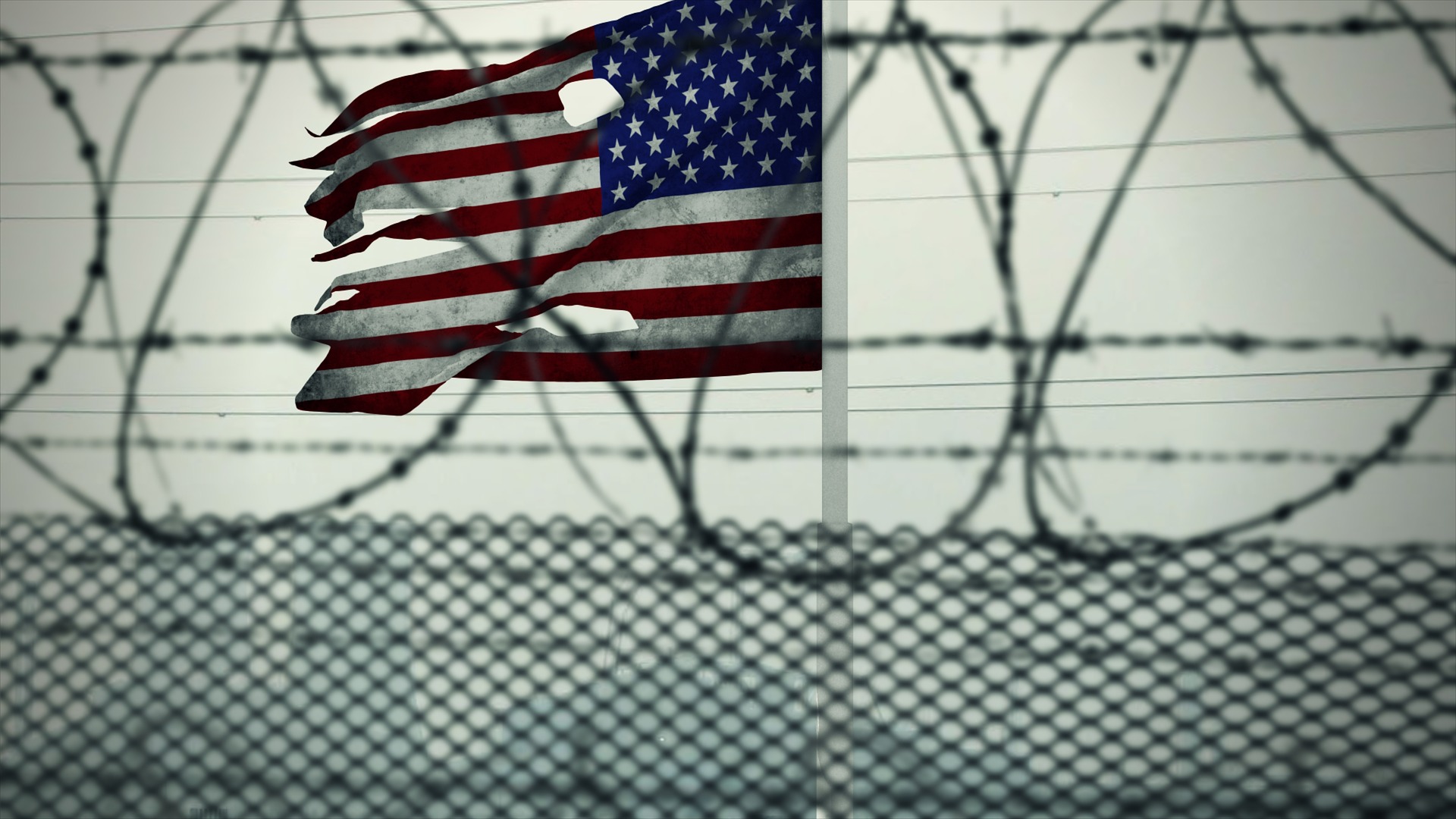
Importing Surveys of Incarcerated Populations into R
Importing surveys of inmates in local jails, state prisons, and federal prisons from SAS + ASCII format into R.
posted 07 december 2017 in incarceration, statistics, and R
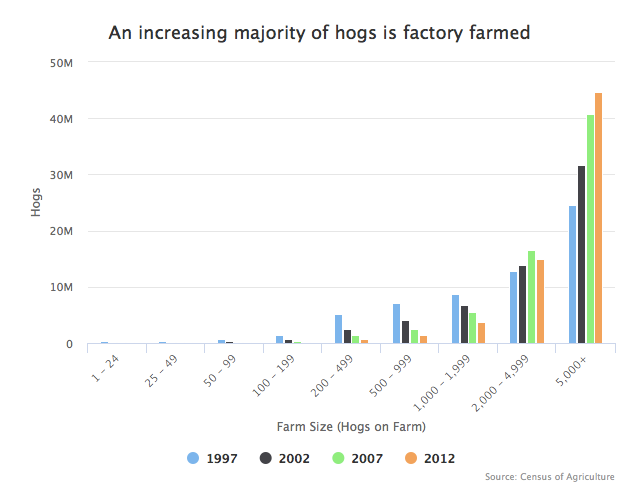
More hogs are on factory farms than ever before
Pork agriculture is industrializing.
posted 04 december 2017 in agriculture, statistics, and animals
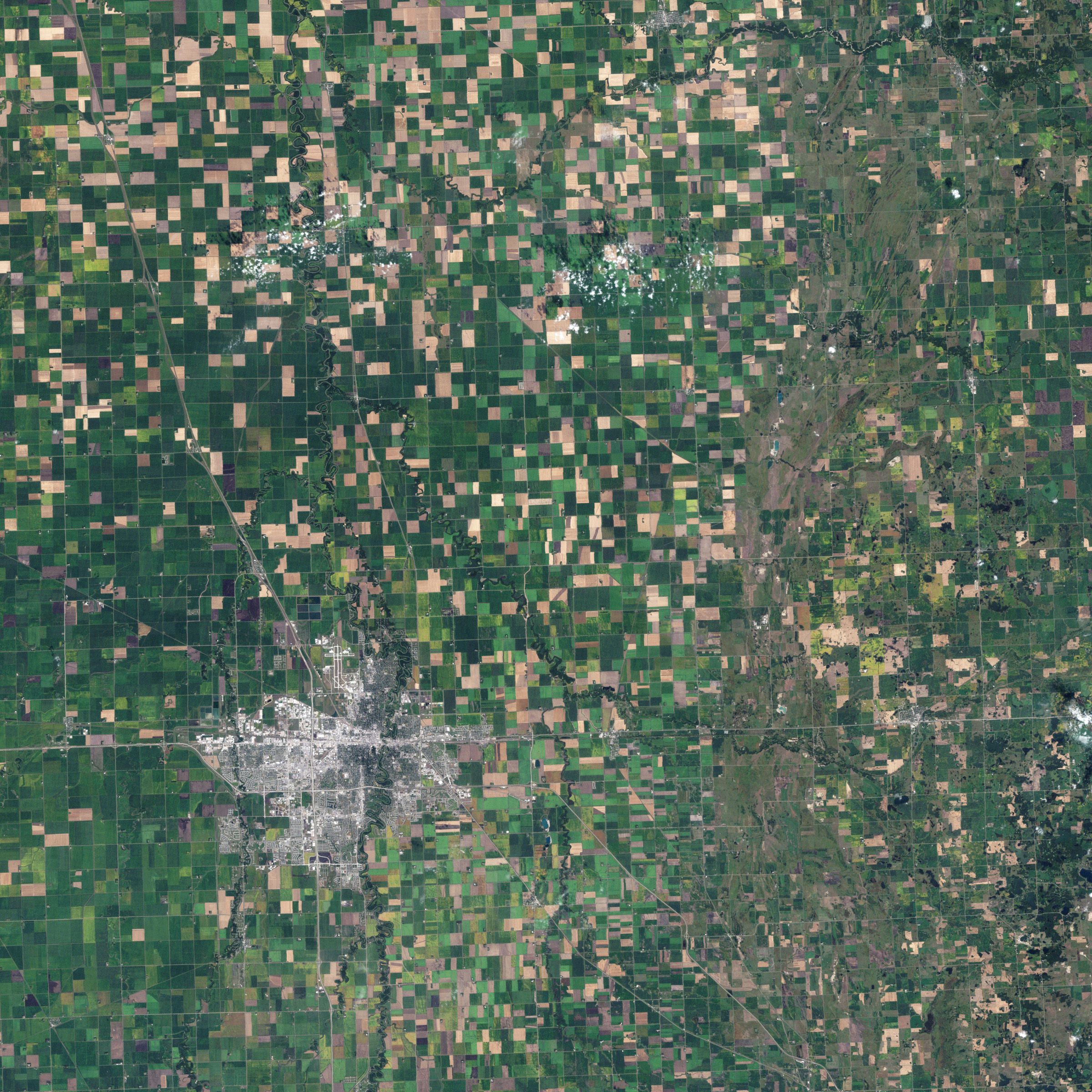
Importing USDA Census of Agriculture Data into R
Post-Thanksgiving, America is experiencing a different kind of hunger – a hunger for agricultural data that is easy to process in the programming language R.
posted 24 november 2017 in agriculture, statistics, and R

Don't Turnitin – Against Plagiarism Detectors
While used by millions, plagiarism detection services are detrimental to the goals of students and teachers alike.
posted 18 october 2017 in education
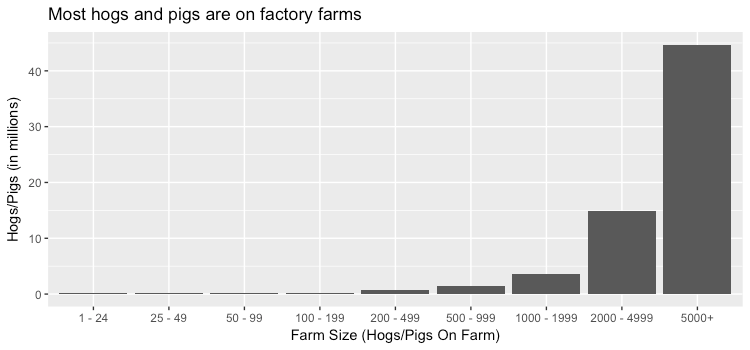
Walking Through Data – Hog and Pig Farms
In examining data, we can see telling relationships about agriculture. Here these relationships – and ways of visualizing them – are discussed.
posted 12 october 2017 in agriculture, animals, and statistics
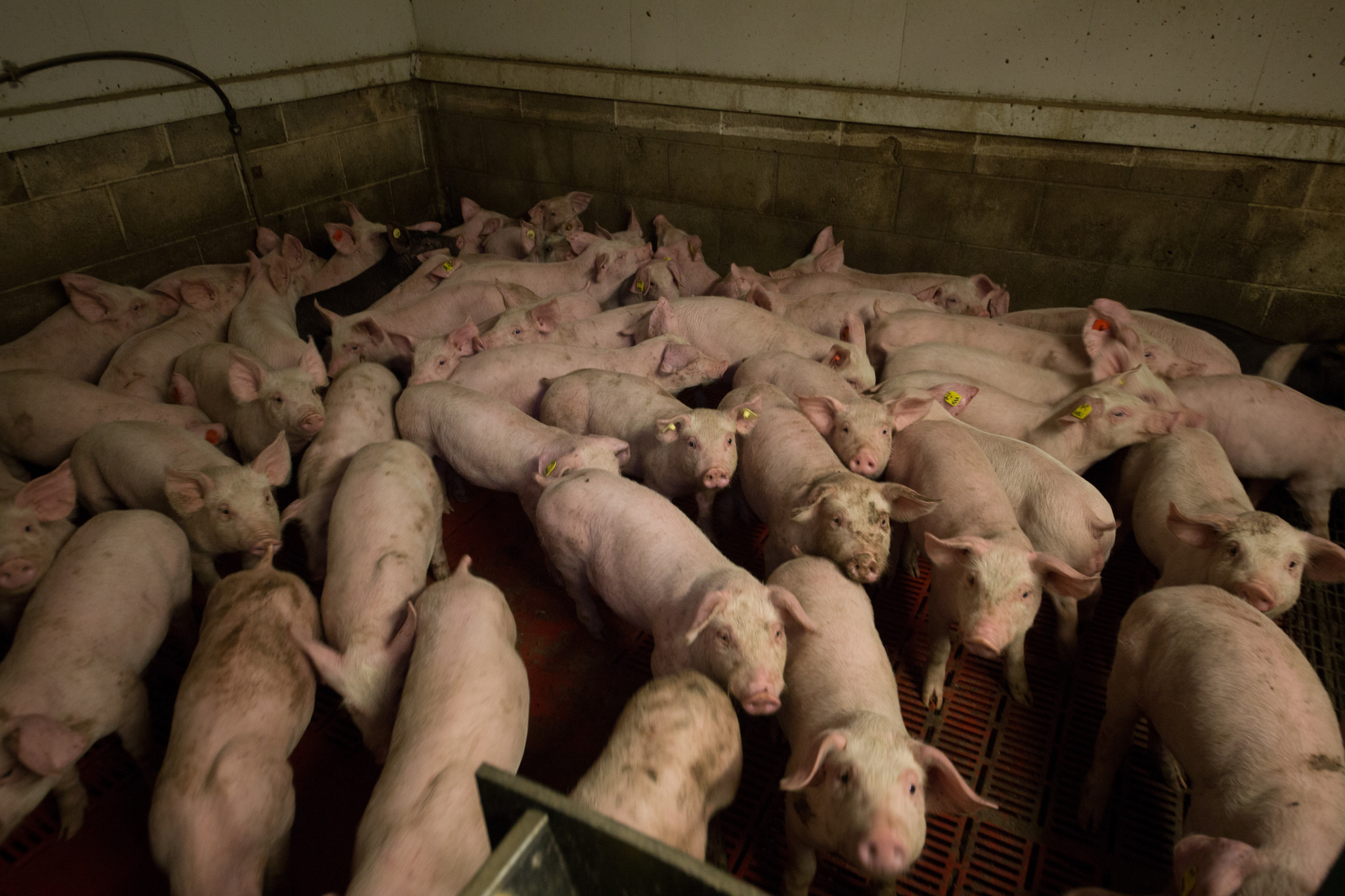
The Tragedy of Pork Agriculture
The industrialization of pork is a growing disaster for public health and animal welfare in the United States.
posted 11 october 2017 in agriculture, animals, and statistics
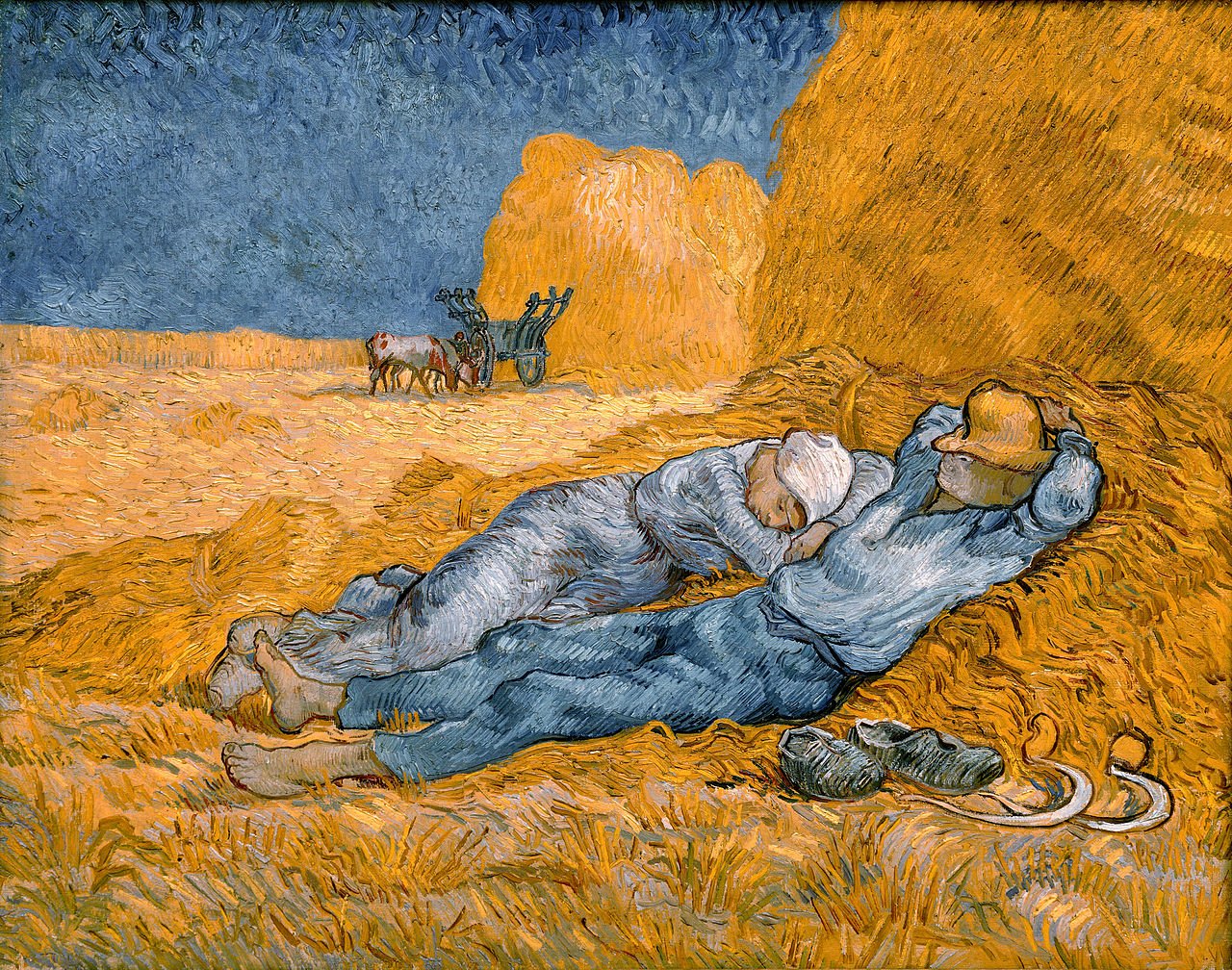
Sleep Deprivation Does Not Treat Depression
Recent claims that sleep deprivation is an effective treatment for depression demonstrate a common problem with press releases in science journalism.
posted 04 october 2017 in science

How to Keep Track of Facts, Argue Intelligently, and Stay Informed
Citation managers make everything easier.
posted 18 september 2017 in education
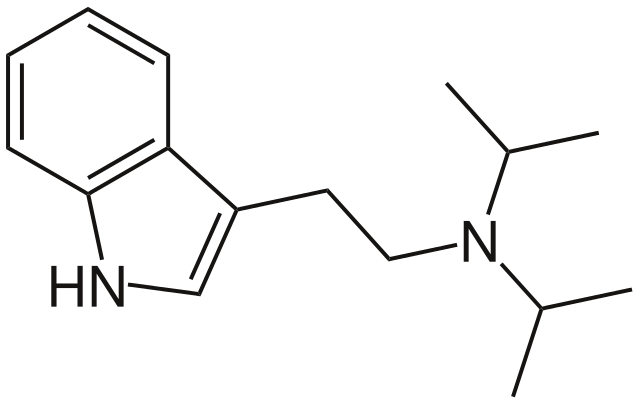
What Can One Weird Drug Teach Us About The Way We Hear?
The pitch-distorting properties of DiPT make it a valuable tool in studying the neural mechanisms of hearing.
posted 15 september 2017 in science

What Milk Is Best? Environment, Cows, Almonds, and You
A popular article comparing types of milk has some major flaws.
posted 21 august 2017 in agriculture, science, and animals
